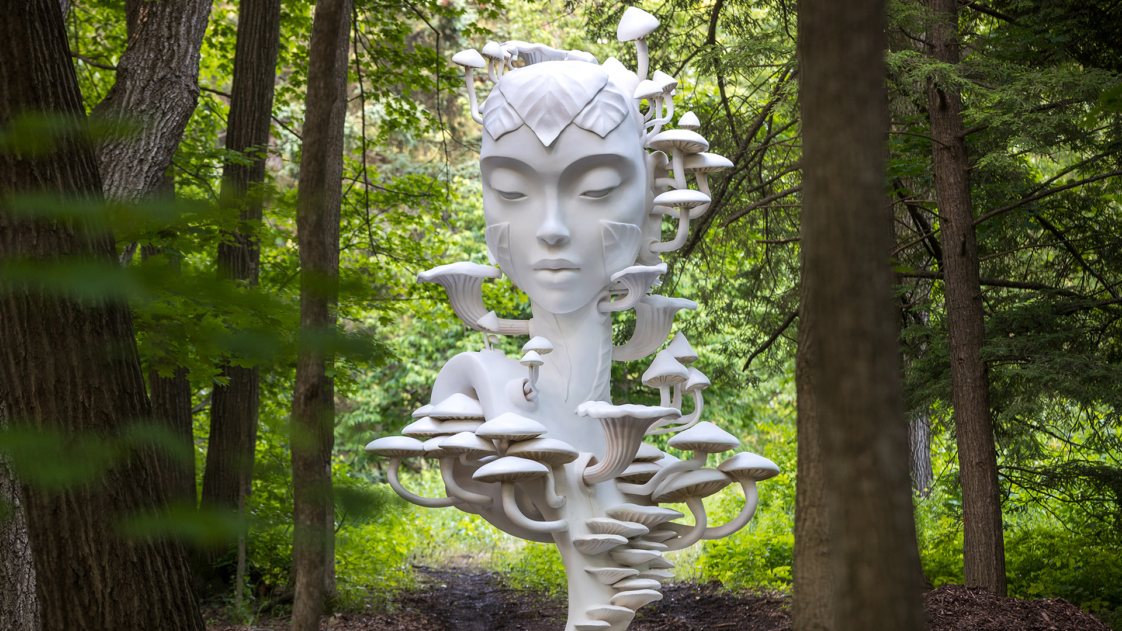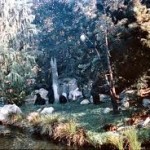
 Leave natural and cultural artifacts. Natural objects of beauty or interest, such as antlers or mineral crystals, should be left alone for others to discover and enjoy. In national parks and some other areas it is illegal to remove natural objects, or to do so without a permit.
Leave natural and cultural artifacts. Natural objects of beauty or interest, such as antlers or mineral crystals, should be left alone for others to discover and enjoy. In national parks and some other areas it is illegal to remove natural objects, or to do so without a permit.
Archaeological, cultural and historic artifacts preserve an important part of our nation’s past. Some artifacts and locations are sacred to Native Americans, others may contain clues to the past that a historian can help us interpret.
On public lands, these resources are protected by the Archaeological Resources Protection Act of 1979, and the National Historic Protection Act of 1966. It is illegal to excavate, disturb or remove any of these resources-farm and logging implements, cellar holes, stone walls, gravesites, building foundations, etc. These laws formalize an ethic that should be applied to all lands-public or private. Disturbing artifacts takes them out of context and removes a chapter from an important story.
Avoid disturbing wildlife. Travel quietly and give wildlife the space they need to feel secure. Forcing animals to flee, or pursuing, feeding or attracting them compromises their ability to carry out their normal behaviors. Avoid nesting or calving sites or other critical areas. In times of environmental stress, such as during winter or food shortages, disturbance may cause abandonment of habitat or nesting sites. Seemingly “orphaned” young are often not abandoned at all, and disturbing or handling them can cause irreparable harm.
Remember that bears, moose, raccoons and other animals can become aggressive and dangerous if they feel provoked or threatened by our actions. Touching or picking up any wild animal constitutes a double threat-it is stressful to the animal, and it’s possible that an animal that allows itself to be approached by humans is rabid or carries other diseases. Photograph, observe and enjoy wildlife from a distance and do your part to help keep wild animals wild.



